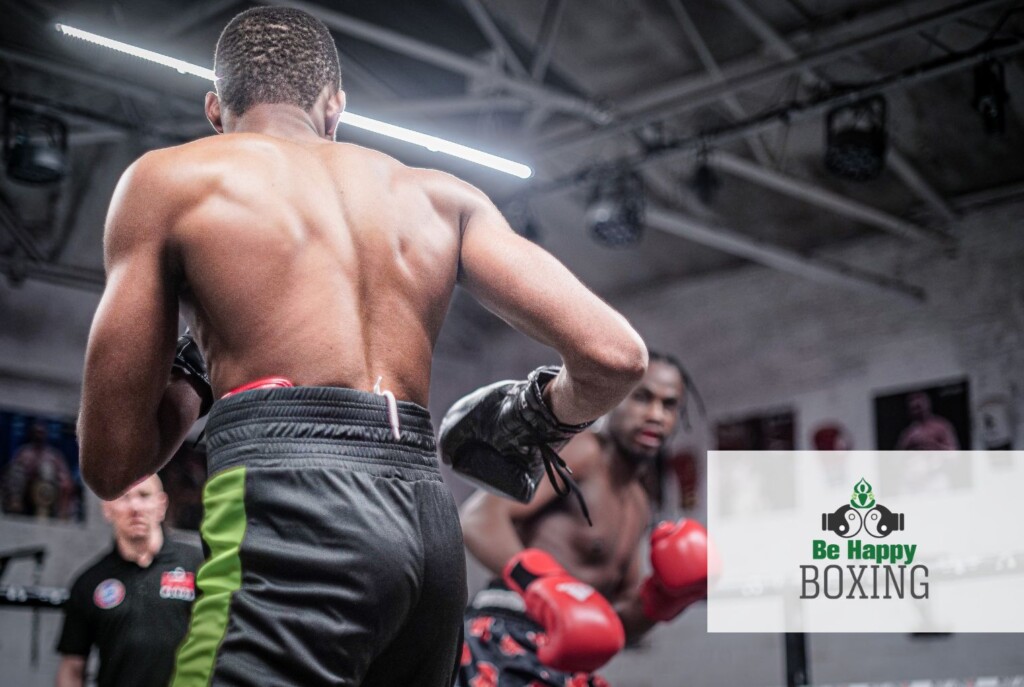When you first step into the world of boxing, it’s easy to be overwhelmed by the speed, footwork, and variety of punches that experienced fighters throw. But like anything else, boxing success starts with mastering the fundamentals.
One of the most important aspects of boxing is learning basic boxing combinations—the building blocks of every fighter’s offensive game. In this guide, we’ll break down the first combinations every beginner should learn to build a strong foundation in the ring.
Key Takeaways
- Boxing combinations are essential for offensive effectiveness. They help you flow between punches, break through defenses, and create opportunities for clean shots.
- Mastery begins with the basics. Before jumping into flashy combos, it’s important to have a solid technique with the six fundamental punches and proper footwork.
- Practicing combinations with intention builds muscle memory. Repetition through shadowboxing, mitt work, and bag drills trains your body to respond instinctively in the ring.
Why Boxing Combinations Matter
Throwing a single punch might be enough on a punching bag, but in the ring, you need rhythm, flow, and unpredictability. That’s where combinations come in. A boxing combination is a series of punches thrown in a fluid sequence. Combinations help you:
- Increase your chances of landing clean shots.
- Set up power punches.
- Break through an opponent’s guard.
- Build timing and muscle memory.
Before diving into combinations, though, make sure you’re solid on the boxing fundamentals—stance, guard, footwork, and how to throw punches with proper form.
The 6 Basic Boxing Punches
First, familiarize yourself with the numbered system used to describe boxing moves:
- Jab (lead hand)
- Cross (rear hand)
- Lead hook
- Rear hook
- Lead uppercut
- Rear uppercut
These six punches form the core of all combinations. Now let’s look at the essential combinations you should practice first.
1. The Classic One-Two (1-2)
Jab – Cross
This is the first combo every boxer learns, and for good reason. The jab is used to measure distance and disrupt your opponent’s rhythm, while the cross delivers power.
Focus on: Keeping your jab quick and snappy, then turning your hips for power on the cross.
2. The One-Two-Three (1-2-3)
Jab – Cross – Lead Hook
This combination adds a hook after the initial one-two, making it great for catching opponents who drop their guard after blocking the straight punches.
Tip: Pivot your front foot when throwing the hook for maximum power.
3. The One-Body-Body (1-3B-2B)
Jab – Lead Hook to the Body – Rear Cross to the Body
This is one of the most effective boxing combinations for working the body and wearing down an opponent’s stamina. Change levels by starting high and then digging into the body.
Fundamental tip: Bend your knees and rotate your torso to get under your opponent’s guard.
4. The One-Two-Lead Uppercut (1-2-5)
Jab – Cross – Lead Uppercut
Throwing the uppercut after the jab-cross is a clever way to catch opponents who lean forward or tuck their chin. It’s a powerful inside move that adds variety to your attack.
Drill it with: Shadowboxing or mitt work to get comfortable with the upward angle.
5. The Double Jab Cross (1-1-2)
Jab – Jab – Cross
The double jab is great for controlling distance and disrupting timing. It sets up the cross perfectly, especially when the opponent expects just one jab.
Boxing fundamental alert: Don’t overextend—keep your stance grounded even during the second jab.
6. The Hook-Cross-Hook (3-2-3)
Lead Hook – Cross – Lead Hook
This aggressive combo is a favorite among pressure fighters. It overwhelms the opponent and is especially useful at close range.
Pro tip: Stay balanced during the hooks and reset quickly.

Practice Tips for Beginners
A beginner boxer typically needs 2 to 4 days of practice per week to build a solid foundation. But it really depends on their goals:
If You’re Boxing for Fitness:
2–3 sessions per week (45–60 mins) is plenty. Focus on cardio, technique, bag work, and maybe a little sparring later.
If You’re Training to Compete:
4–6 days per week (1–2 sessions daily is common). Includes: roadwork (running), strength & conditioning, technical drills, pad work, bag work, sparring, and recovery.
Here are a few extra tips if you are just starting out in boxing:
- Shadowbox daily. Practicing your combos in front of a mirror helps refine form and timing.
- Start slow. Don’t rush the punches. Speed will come with proper mechanics.
- Use a heavy bag. Reinforce the feel of power and distance with bag work.
- Work with a coach or partner. Focus mitt drills help improve accuracy and flow.
- Incorporate footwork. Great combinations mean little if you’re not in a position to land them.
Final Thoughts
Mastering these beginner boxing combinations will give you a solid toolkit from which to build. They teach you how to link punches together, stay balanced, and think one step ahead of your opponent.
As you grow in the sport, you’ll develop your own rhythm and even invent combos that suit your style. But no matter how advanced you get, it always comes back to the boxing fundamentals.
So lace up, hit the bag, and start throwing those combinations with purpose!
Frequently Asked Questions
How often should a beginner practice boxing combinations?
Beginners should aim to practice combinations 3–4 times a week, incorporating both shadowboxing and bag work. Even short, focused sessions of 20–30 minutes can significantly improve coordination and timing over time.
What’s the best way to track progress with combinations?
Use a mix of video recordings and written journals. Record yourself doing combinations weekly to analyze form, speed, and flow. A journal can track which combinations feel natural, where you’re struggling, and what drills helped most.
Can you modify boxing combinations to fit your body type or style?
Absolutely. Taller boxers may favor long-range combos using the jab and cross, while shorter fighters might adjust combinations to work better on the inside. The key is adapting combinations that suit your reach, speed, and natural rhythm.





